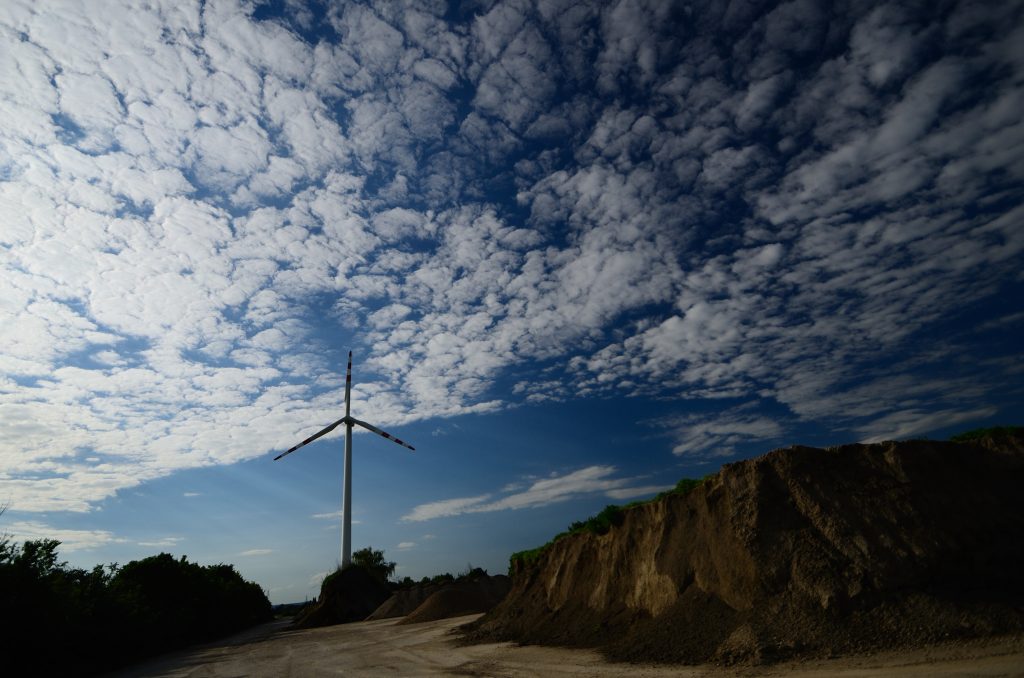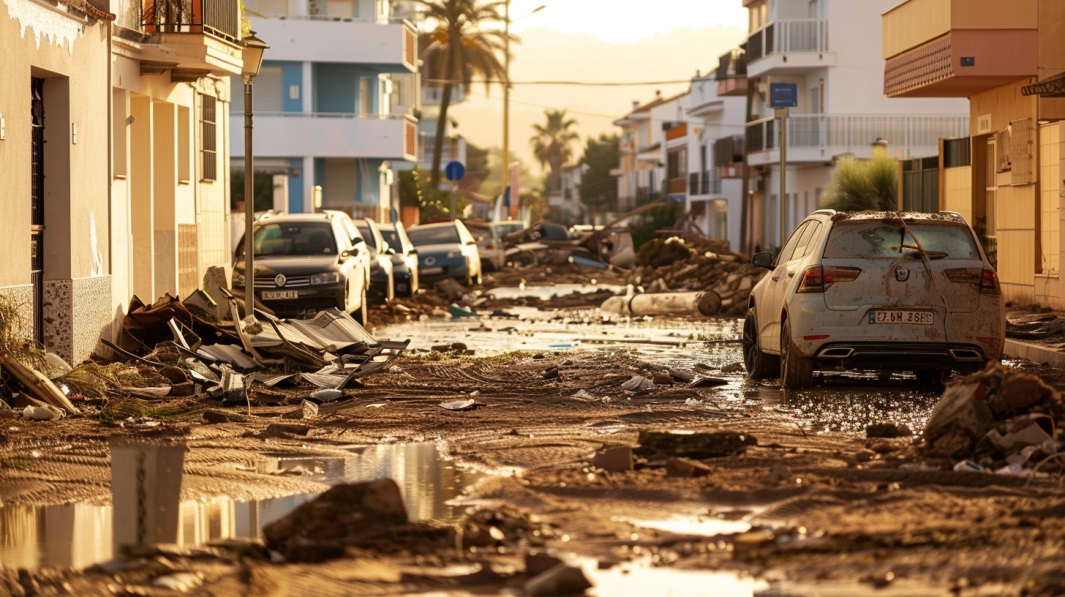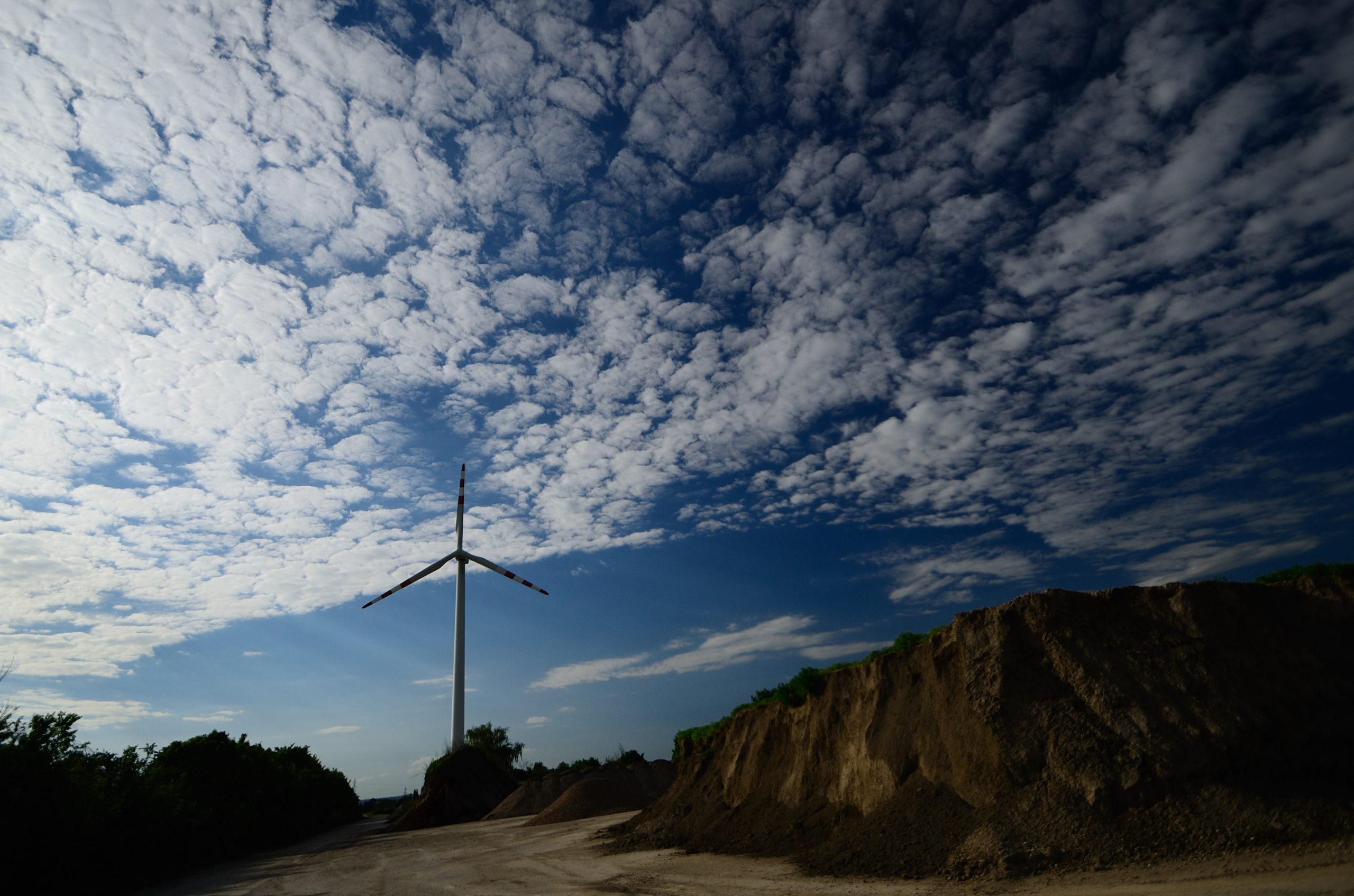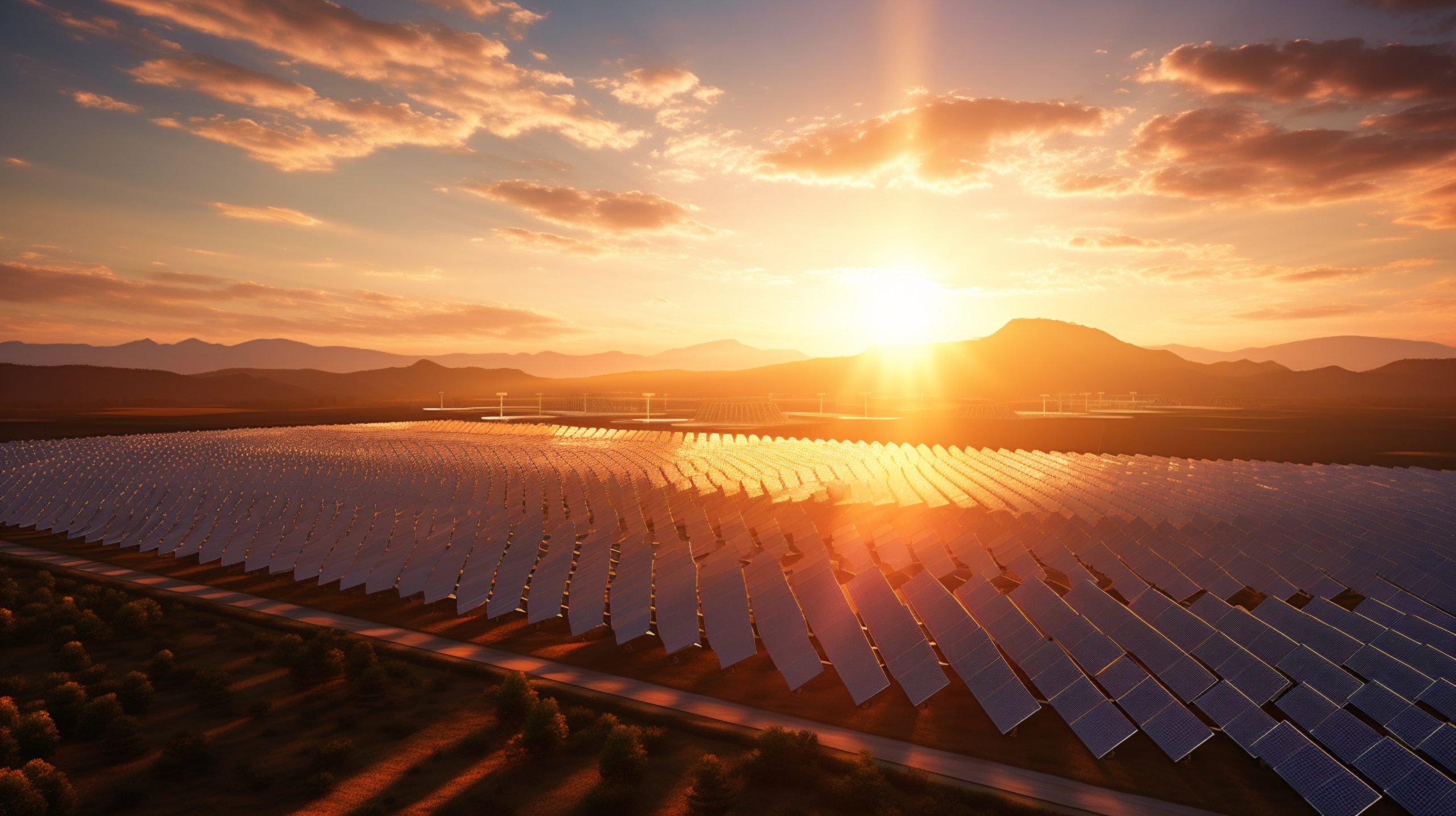Wind energy, one of the fastest-growing renewable energy sources, is revolutionizing the way we generate electricity. This blog post delves into the history of wind power, its technological advancements, environmental benefits, and the hurdles that must be overcome to make wind energy a dominant force in the global energy mix.
The History of Wind Power
Wind power has been harnessed for centuries, with the first windmills appearing in Persia around 500-900 AD. These early windmills were used for grinding grain and pumping water. The modern era of wind power began in the late 19th century with the development of wind turbines designed to generate electricity.
- Early Innovations: The first electricity-generating wind turbine was built in Scotland in 1887. By the 1930s, small wind turbines were used in rural areas of the United States to power homes and farms.
- Modern Wind Turbines: The oil crises of the 1970s spurred renewed interest in wind power, leading to significant technological advancements. Today’s wind turbines are larger, more efficient, and capable of generating substantial amounts of electricity.
Technological Advancements
Modern wind turbines have evolved significantly, incorporating advanced materials and engineering designs to maximize efficiency and output.
- Offshore Wind Farms: Offshore wind farms are located in bodies of water, where wind speeds are higher and more consistent. These installations can generate large amounts of electricity and have less visual and noise impact on communities.
- Floating Wind Turbines: Floating wind turbines are an innovative solution for deep-water locations where traditional fixed-bottom turbines are not feasible. These turbines are anchored to the seabed but float on the water’s surface, allowing for deployment in deeper waters with stronger winds.
- Vertical Axis Wind Turbines (VAWTs): Unlike traditional horizontal axis wind turbines, VAWTs have blades that rotate around a vertical axis. They are more compact and can be placed in urban areas or on buildings.
Environmental Benefits
Wind energy offers numerous environmental benefits, making it a key player in the fight against climate change.
- Reduction in Greenhouse Gases: Wind power produces no direct emissions, significantly reducing the carbon footprint of electricity generation.
- Conservation of Water: Unlike thermal power plants, wind turbines do not require water for cooling, conserving valuable water resources.
- Habitat Preservation: While wind farms do occupy land, they have a smaller environmental footprint compared to fossil fuel extraction and combustion.
Challenges and Mitigations
Despite its promise, wind energy faces several challenges that need to be addressed.
- Intermittency and Reliability: Wind is not a constant source of energy, leading to variability in power generation. Integrating wind energy with other renewable sources and developing advanced energy storage solutions can enhance reliability.
- Noise and Visual Impact: Wind turbines can produce noise and affect landscapes. Strategic siting and technological improvements are essential to minimize these impacts.
- Wildlife Concerns: Wind turbines can pose a threat to birds and bats. Research and development of wildlife-friendly turbine designs and better siting practices can help mitigate these issues.
Global Impact and Case Studies
Wind energy is making significant strides worldwide, with various countries leading the charge.
- Denmark’s Wind Power Leadership: Denmark generates nearly half of its electricity from wind power. The country’s commitment to renewable energy and innovative offshore wind farms have set a global benchmark.
- China’s Wind Energy Expansion: China is the world’s largest producer of wind energy, with extensive onshore and offshore wind farms. Government policies and investments are driving this rapid growth.
- U.S. Wind Energy Growth: The United States has seen substantial growth in wind energy, particularly in states like Texas and Iowa. Federal and state incentives have played a crucial role in this expansion.
Conclusion
Wind energy holds immense potential to transform the global energy landscape. By continuing to innovate and address the challenges, we can harness the invisible power of the wind to create a sustainable, carbon-free future. With the right policies and public support, wind power can lead the way in our transition to renewable energy.







